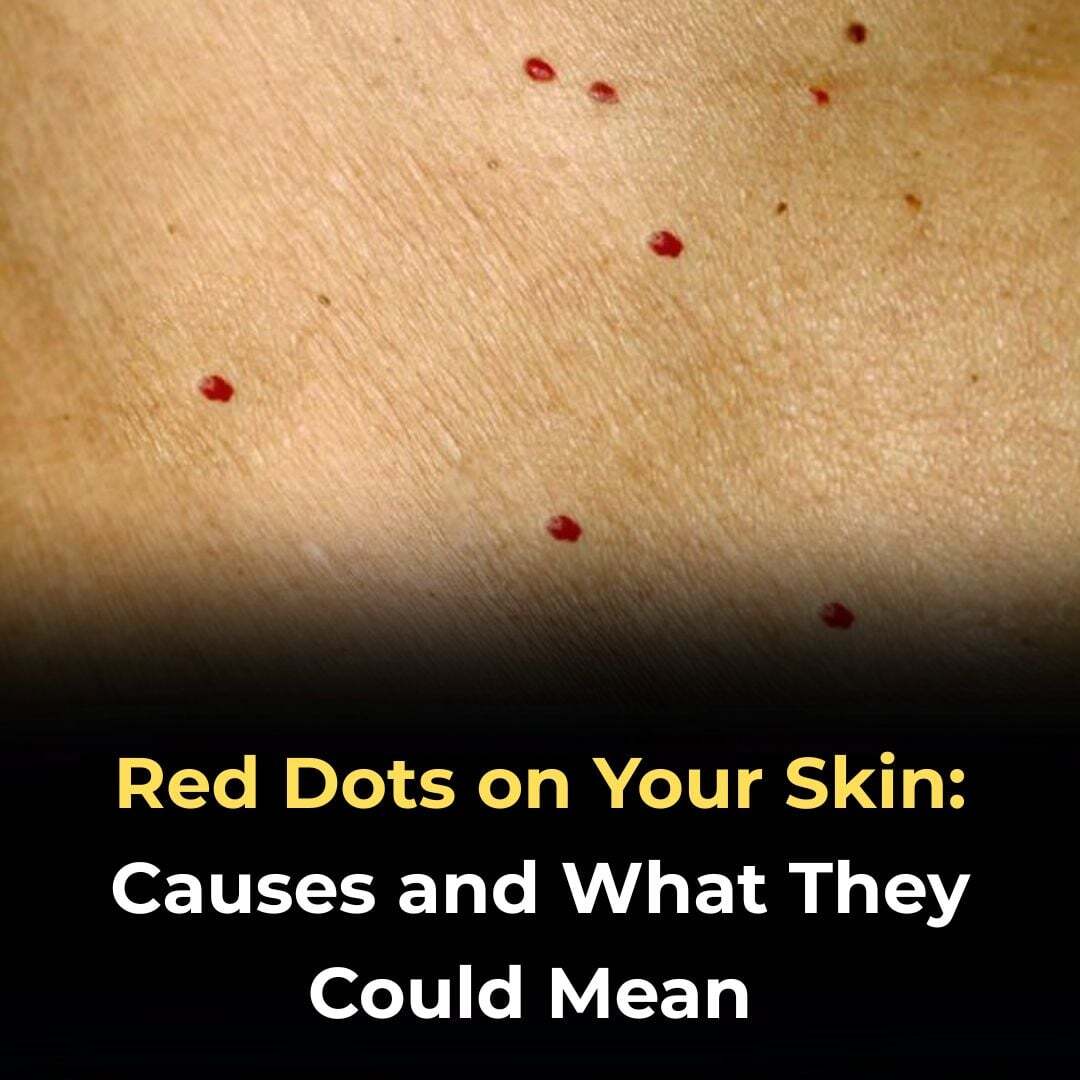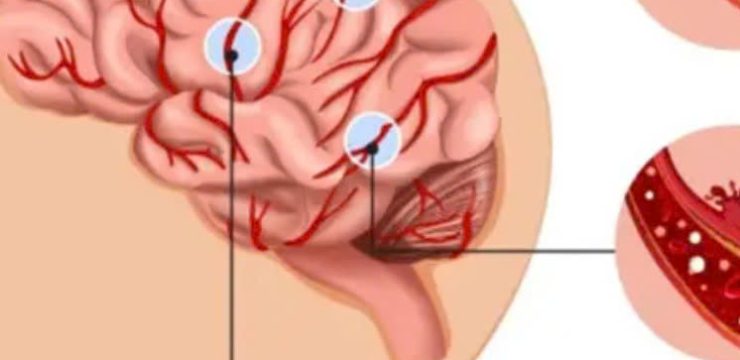If you’ve ever noticed small red dots on your skin, you might wonder what they mean and whether you should be concerned. These red spots, often referred to as cherry angiomas or petechiae, can appear suddenly and may be alarming at first. While many of these spots are harmless, understanding what causes them and when to seek medical advice is essential for maintaining your overall skin health and well-being.

Red dots on the skin can have a variety of causes, ranging from completely benign to more serious underlying health conditions. Cherry angiomas are one of the most common forms, presenting as small, bright red bumps that are typically harmless and result from an overgrowth of blood vessels. They tend to become more common with age and are usually not a cause for concern. However, not all red dots are the same, and others may be symptoms of issues that require attention. Petechiae, for example, are tiny, flat red or purple spots that result from bleeding under the skin. These can indicate anything from a minor injury to a blood clotting disorder or infection. Sometimes red dots may appear as a reaction to allergic triggers, including food, medications, or insect bites. In such cases, the red spots might be itchy or raised and accompanied by hives or other types of rashes.
One of the more common and less worrisome causes is heat rash. This occurs when sweat gets trapped in blocked sweat ducts, leading to red, itchy bumps, especially in hot or humid conditions. Another skin condition, folliculitis, is the inflammation of hair follicles, usually due to a bacterial or fungal infection, resulting in red, pus-filled bumps that can be tender to the touch.
In some cases, red dots may be related to more serious skin infections like cellulitis—a bacterial infection that causes redness, swelling, and warmth and may require antibiotics. Similarly, impetigo is a contagious bacterial infection that often affects children and manifests as red sores that ooze and later form a yellowish crust. Vasculitis, which involves inflammation of blood vessels, is another condition that can cause red dots on the skin and may be related to autoimmune diseases or infections.
Though rare, it can have systemic implications and should be evaluated by a medical professional. Hemangiomas, another source of red skin spots, are generally harmless birthmarks formed from clusters of blood vessels. These are typically not problematic, though in some cases, they may require medical monitoring or treatment. It’s crucial to pay attention to how these red spots behave over time. If they change in size, color, or distribution—or if they’re accompanied by symptoms such as fever, fatigue, dizziness, or unexplained bruising—it’s time to consult a healthcare provider.
Self-assessment can be helpful, but professional diagnosis through blood tests, skin biopsies, or other procedures is often necessary to determine the exact cause. In terms of treatment, mild conditions like heat rash or allergic reactions may resolve with home remedies such as cold compresses, antihistamines, or proper skin hygiene. However, bacterial infections like cellulitis or impetigo usually require antibiotics, and more serious systemic issues may need targeted medical intervention. To help prevent red dots from appearing in the first place, consider lifestyle changes like using sunscreen, avoiding excessive sun exposure, eating a nutrient-rich diet, managing stress, and staying hydrated. Regular skin checks—both at home and with a dermatologist—are vital for catching any abnormalities early. Though most red dots are harmless, staying informed about your skin and acting promptly when something seems off is key to overall health. While not every red dot signals a serious problem, knowing what to look for and when to get help can make all the difference.





